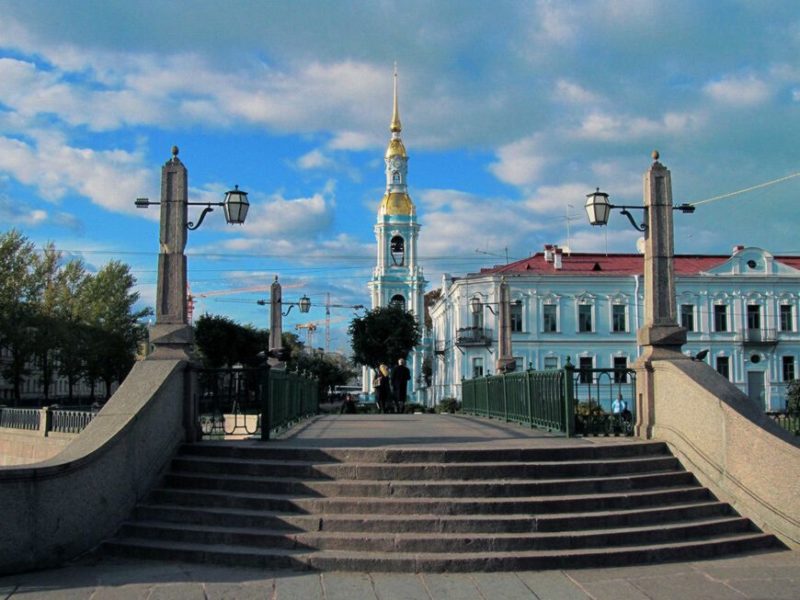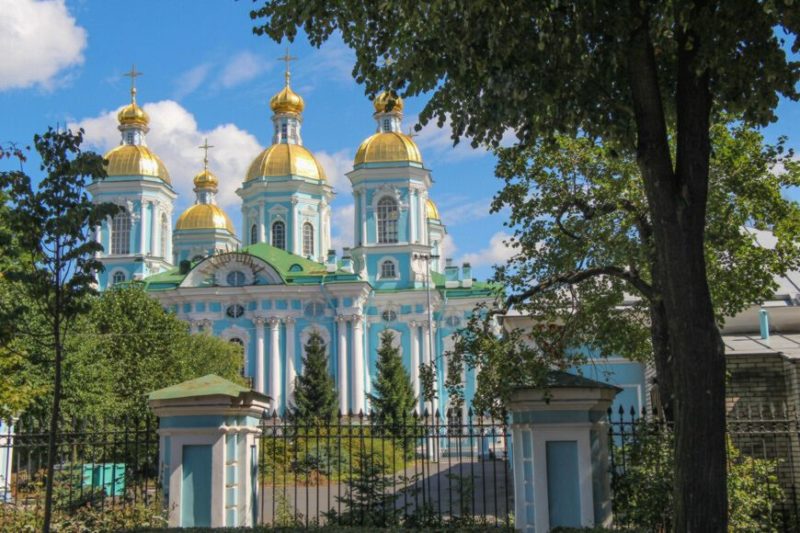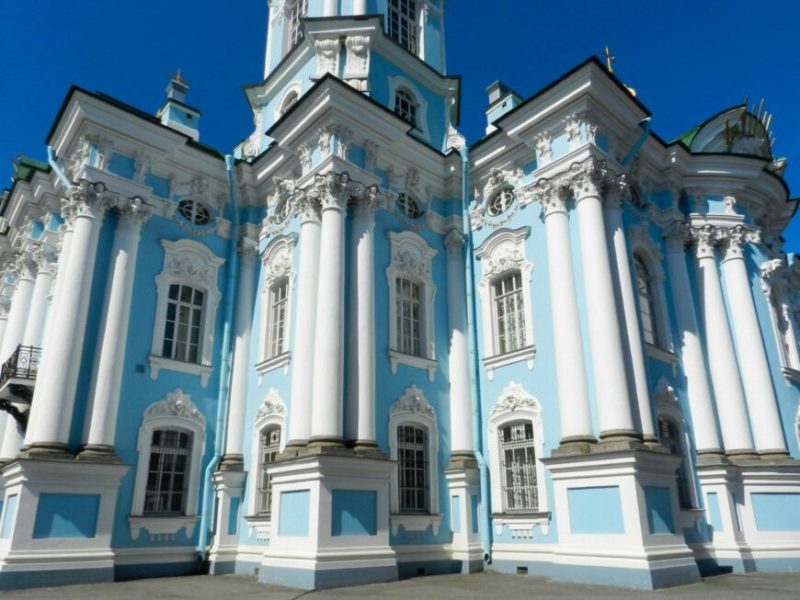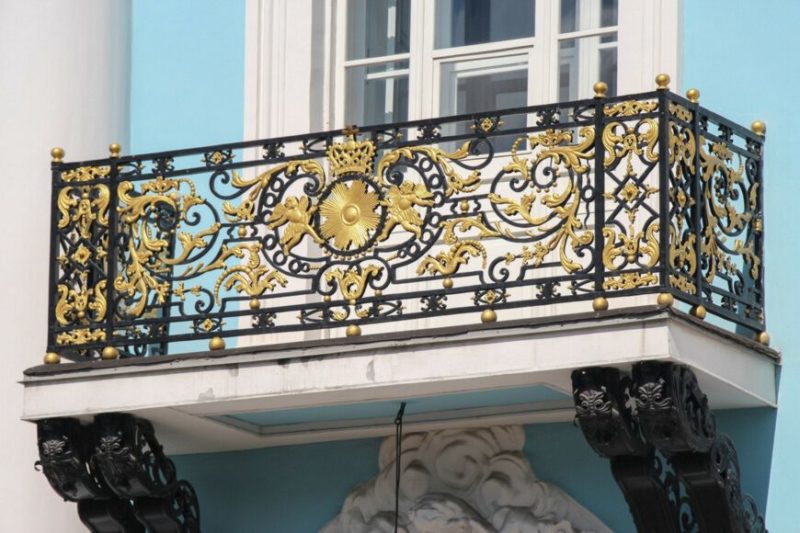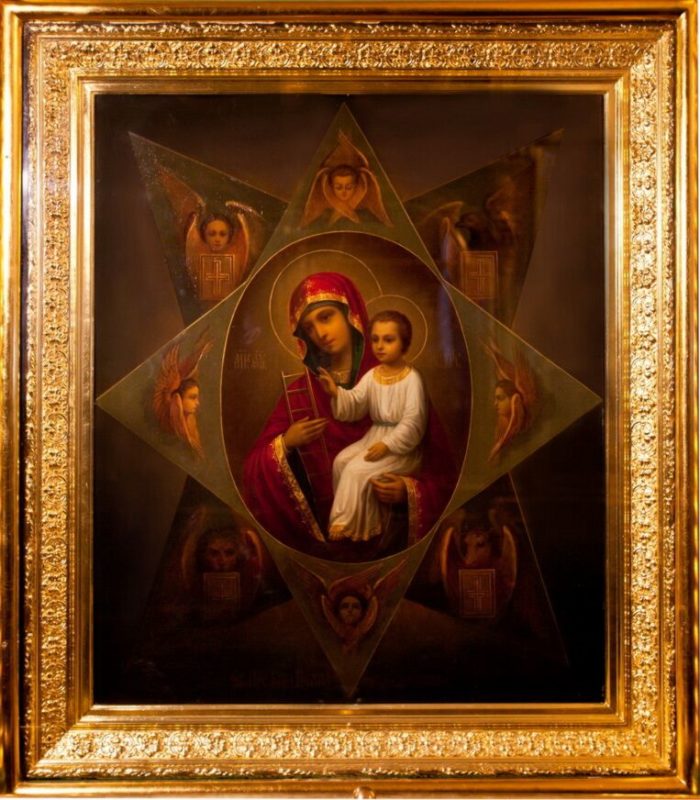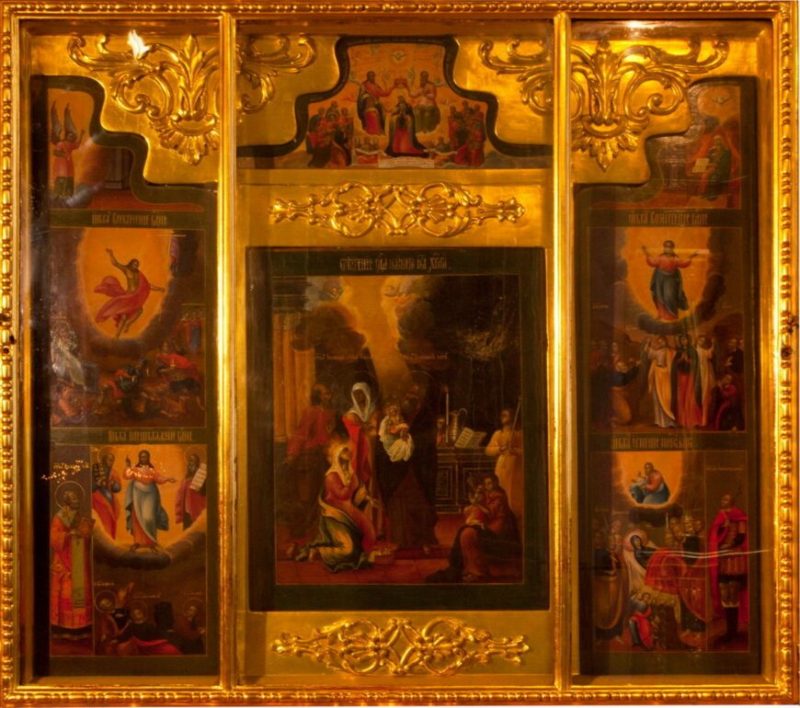Nikolo-Epiphany Naval Cathedral in St. Petersburg
St. Petersburg's Nikolo-Epiphany Naval Cathedral has consistently attracted the attention of tourists coming from various countries to the world-famous "city on the Neva". The beauty of this unique building and the luxury of its interior decoration are not the only reasons for such popularity. The fact is that both the appearance of the Nikolsky Naval Cathedral and the design of its interior reflected a whole epoch, great and contradictory.
From the history of the temple
As is known, Peter the Great was the founder of St. Petersburg and the creator of the Russian navy. The first temples, intended to feed the shipbuilders and sailors, appeared in the new capital thanks to the special order of this famous autocrat. Eight years after the emperor's death, this function passed to the linen church, located across the Moyka River and consecrated in honor of the miracle-worker Nikolai, who is traditionally considered the patron saint of all travelers, including those who cross the expanses of water.
The daughter of Peter I, Elizabeth, who came to the throne in 1741, remained in the memory of her contemporaries as not only a very beautiful, but also a devout woman. In addition, she has repeatedly publicly stated that she intends to continue all the undertakings of her father. One of the manifestations of this policy was the decree of June 16, 1752, in accordance with which the design and construction of the stone church “In reward of worthy memory of the glorious deeds of the Russian fleet” began. The Nikolskaya church, although it was by that time no longer linen, but wooden, had deteriorated badly, and it had to be replaced by a new building.
Exactly a year later, the laying of the future Nikolo-Epiphany Cathedral took place, but Elizaveta Petrovna was not able to see this building in a fully finished form. Construction and finishing work ended approximately six months after her death, when the new empress, Catherine II, was on the throne. It was she who, confirming the intention of her predecessor, ordered to call the new cathedral naval. All significant events in the life of the Russian fleet should henceforth be celebrated in this temple.
During World War II, the domes of the Nikolo-Epiphany Naval Cathedral had to be hidden from German artillerymen and pilots under camouflage canvases, but most of the tests that he had to go through were connected with the persecution of religion that began after the 1917 revolution. Nevertheless, this temple, unlike many other places of divine service, was not turned into a museum and continued to be used for divine service.
Architecture features
Nikolo-Epiphany Cathedral is a two-story building, topped with five towers - the central octahedral and side tetrahedral. Over each of them rises a gilded dome. As the legend says, Peter the Great once liked the five-domed Assumption Cathedral in Astrakhan. According to his model, the emperor allegedly wanted to build a special church for sailors. S. I. Chevakinsky, an architect to whom Elizabeth entrusted the design of the new church, considered it necessary to carry out the intended plan of the late tsar, but did so in her own way.
From a distance, the Nikolo-Epiphany Cathedral and really look like a traditional multi-headed Russian church. It should be noted that during the life of Peter I, and for many years after his death, this style was not used. In those days, preference was given to single-headed temples with a high spire at the crown. Thus, the construction of the five-domed church looks like a return to the ancient "pre-reform" tradition - but only at first glance. One has only to approach the Nikolo-Epiphany Cathedral a little closer - and it immediately becomes obvious that the architect did not at all follow the path of the architects of the 16th – 17th centuries.
The style characteristic of this building is called Elizabethan Baroque. It is characterized by the striking luxury of decoration and the quaintness of forms - nothing in common with the old Russian churches, nor with the harsh laconicism of “Peter’s” architecture. The most memorable are the sculptures, numerous columns decorated with Corinthian capitals and balconies with wrought-iron bars on the bright blue facade.
At a short distance to the west of the cathedral there is a bell tower. It is built as a separate building of four tiers, three of which are supported by elegant columns. A thin long spire is installed on the dome of the bell tower.
Iconostasis and interior decoration
In the interior of the St. Nicholas-Epiphany Cathedral, the “gallant age” was reflected not so clearly as in its appearance. Much here reminds of the traditional decoration of Orthodox churches. To notice the trends that are fashionable during the time of Elizabeth and Catherine II, you should carefully look at the icons. Their authors were Kolokolnikov brothers, Fedot and Mina. Both of them were among the best artists of those years.
The Burning Bush is clearly not without the influence of European painting of the 18th century. The same can be said about many other icons, for example, about the “Candlemas of the Lord”
The selection of images of saints for the Cathedral of the Epiphany Church located on the second floor is also noteworthy. Among them it is easy to notice the heavenly patrons of the ruling dynasty - Peter, Elizabeth and Catherine.
A remarkable detail of the interior are carved iconostases. Their original author was I. F. Kanayev, but at the beginning of the 19th century it was necessary to complete the restoration, since the tree had decayed. The masters tried to follow the original pattern in everything, but unfortunately, the present iconostasis cannot be called a complete copy of the original.
Shrines
The Nikolo-Epiphany Cathedral is not only a magnificent monument of architecture, but also an active Orthodox church. In its walls, in particular, is stored a particle of St. Nicholas's ark.
It also houses the cancer of St. Theodosius, the archbishop of Chernigov, and many other shrines important for any believer. Some of them are shown on the official website of the Nikolo-Epiphany Cathedral, along with the most valuable icons. At the same resource you can find a lot of information useful for both parishioners and ordinary tourists.
It may also be interesting
- How to travel in Saint Petersburg without living your home
- Four of the ten best restaurants in the country are in St. Petersburg
- The first Holocaust museum in St. Petersburg
- A scientist from St. Petersburg created the biochronicle of Peter the Great.
- 10 interesting facts about Saint-Petersburg streets
